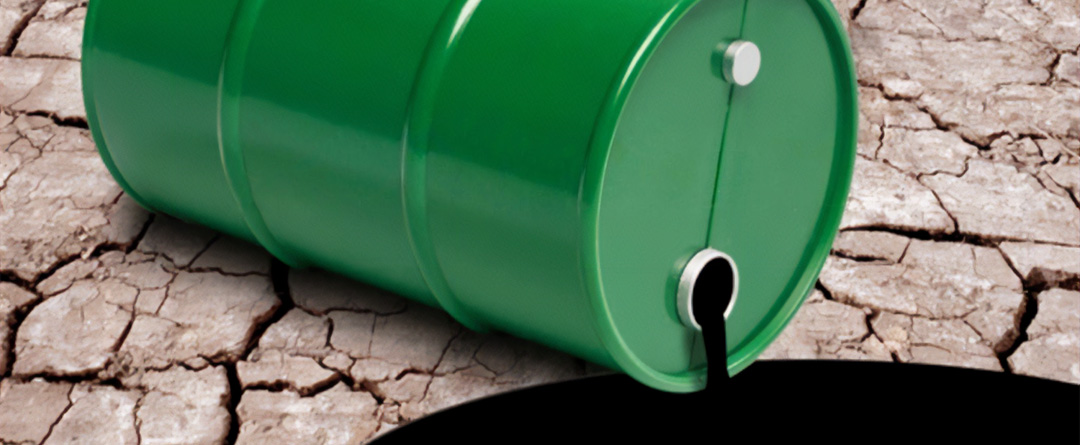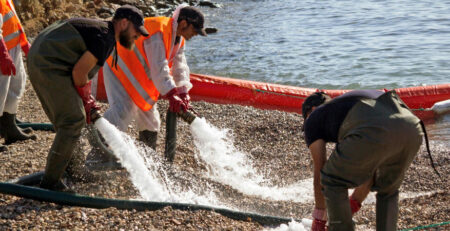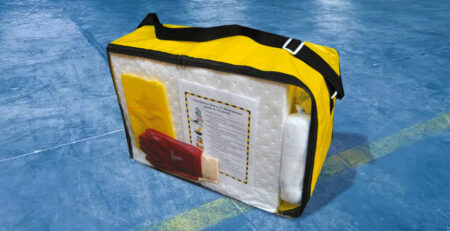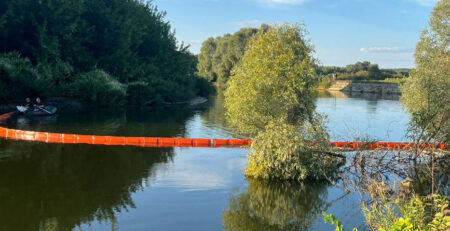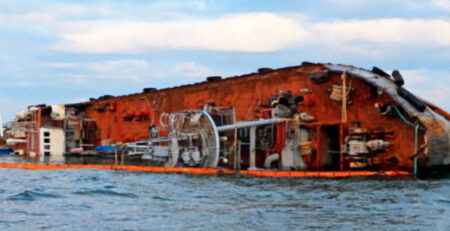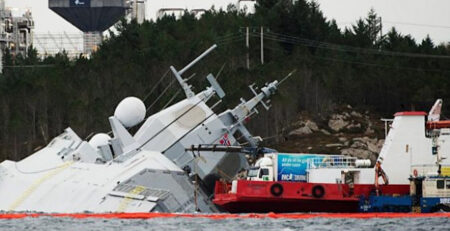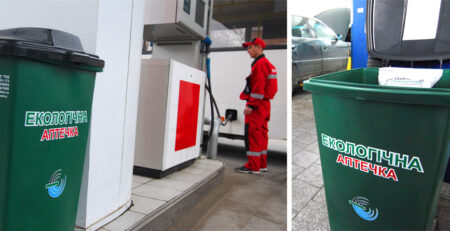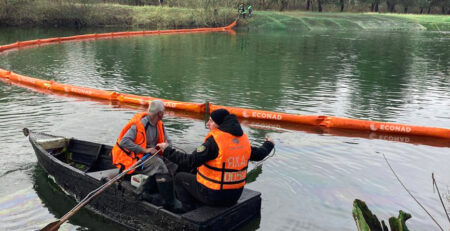Oil sorbent: addressing the environmental consequences of wars
Military conflicts cause significant damage not only to the economy and social sphere, but also to the environment. Destruction of infrastructure, strikes on industrial facilities, oil spills, and contamination of soil and water resources all lead to long-term negative consequences for ecosystems. This article examines key environmental threats caused by war, including oil spills, land contamination with toxic substances, and man-made disasters.
Oil spills and water pollution
One of the most serious environmental consequences of war is oil spills. The destruction of oil refineries, fuel depots and pipelines results in the spillage of oil and petroleum products that pollute water bodies and soil. Examples of such incidents include:
- Gulf Oil Spill (1991) – the largest environmental disaster caused by war when more than 10 million barrels of oil were intentionally leaked into the waters of the Persian Gulf.
- Ukraine oil storage attacks (2022-2023) – destruction of critical infrastructure led to multiple fuel spills contaminating rivers and groundwater.
Oil contamination of water leads to the death of aquatic ecosystems, reduced drinking water quality and long-term damage to biodiversity. Coastal zones and water bodies used for agriculture and water supply are particularly vulnerable.
Land and soil pollution
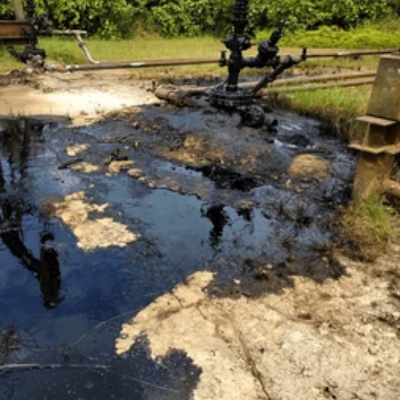
Military activities lead to the accumulation of toxic residues in the soil. Among the major contributors to contamination:
- Explosive residue and heavy metals – the destruction of munitions leaves traces of lead, mercury, cadmium, and other toxic elements in the soil.
- Chemical pollution from burning oil and industrial facilities – emissions of dioxins, polycyclic aromatic hydrocarbons (PAHs) and carcinogens pose a serious threat to public health and agricultural land.
- Radioactive contamination – the use of depleted uranium in munitions (e.g., in Yugoslavia and Iraq) leads to long-term accumulation of radionuclides in soil and water bodies.
Such contamination can persist for decades, requiring complex and costly land remediation measures.
The role of oil sorbents in spill response and soil remediation
Oil sorbents, such as Econadine oil sorbent, are used to effectively clean up oil spills and restore contaminated areas. This innovative biosorbent is an organic natural material based on sphagnum peat containing avirulent oil-oxidizing bacteria. This oil product sorbent not only effectively absorbs oil and oil products, but also promotes their biodegradation in the natural environment.
Possibilities of “Econadine” in bioremediation of contaminated soils
The use of “Econadine” in bioremediation of contaminated soils allows:
- Carry out rapid localization of oil and oil product spills, preventing their further spreading.
- Reduce toxicity of contaminated territories through active processing of oil hydrocarbons by natural microorganisms.
- Restore soil fertility by facilitating its natural regeneration after exposure to toxic substances.
- Reduce oil spill response time, increasing the efficiency of environmental protection measures.
Econadine oil sorbent is actively used in the marine sector, at industrial facilities, in the oil and gas industry, at chemical industry enterprises and gas stations. Its high efficiency makes it an indispensable tool in combating the consequences of military pollution.
Technogenic disasters and their consequences
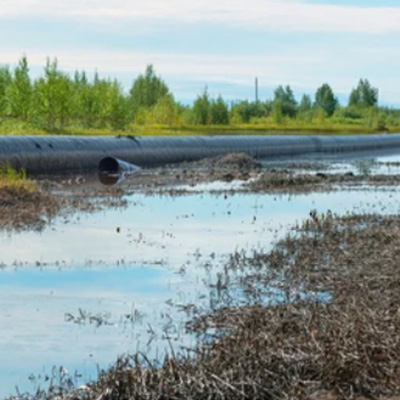
War increases the risk of man-made accidents at facilities that process hazardous substances. Attacks on chemical plants, metallurgical plants and industrial complexes result in the release of harmful compounds such as:
- Ammonia and chlorine – leaks of these gases cause mass poisoning and create an environmental disaster zone.
- Industrial effluents – damage to factories leads to uncontrolled discharge of toxic waste into rivers and soil.
An example is the leakage of hazardous substances at a chemical plant in Donbass, where military operations have caused widespread contamination of groundwater and atmospheric air.
Restoring ecosystems after war
The environmental effects of wars can persist for decades, but remedial action is possible:
- Monitoring and mapping of contaminated areas – using satellite data and field surveys to assess damage.
- Soil and water bodies treatment – application of bioremediation, oil sorbents and heavy metal removal technologies.
- International cooperation and financing – restoration of ecosystems requires significant investments, which makes it important to involve the UN, environmental funds and international organizations.
Conclusion
Wars cause devastating damage to the environment, creating large-scale and long-term problems. Oil spills, soil and water pollution, and man-made disasters require a comprehensive approach to their elimination. Modern technologies, such as oil sorbent and bioremediation, make it possible to reduce negative consequences, but the key factor remains prevention of military conflicts and protection of critical environmental facilities.

